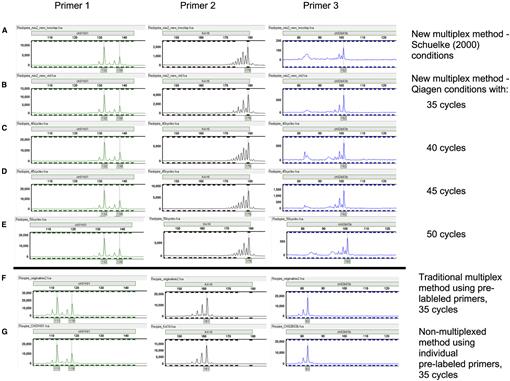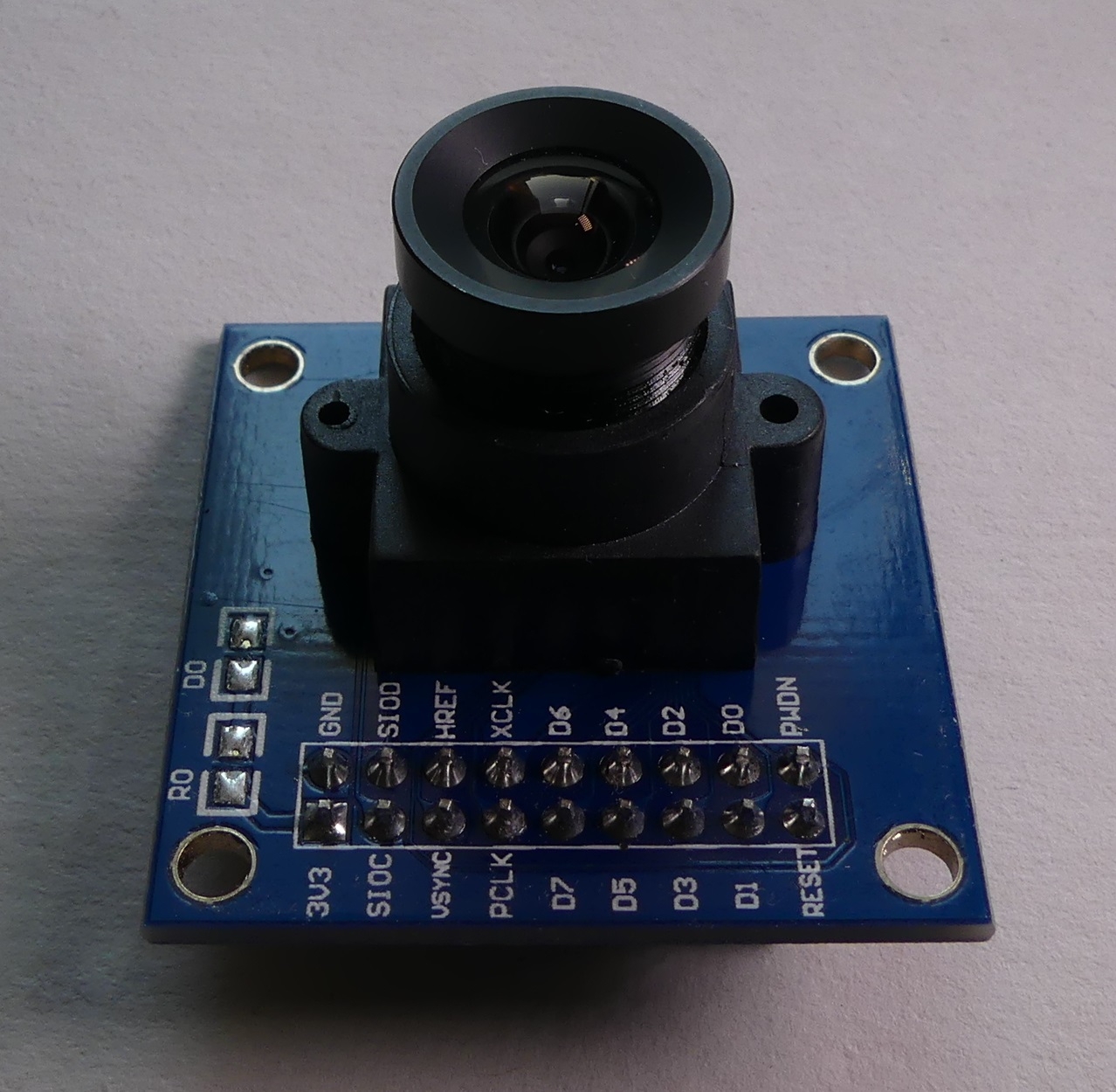
The sequences of the primer and probes used in this study are listed in Table 1. Selection and design of primers and probes for quantitative real-time PCR This study was approved by the Ethics Committee of Universidade Federal de Juiz de Fora (protocol 042/2010). Materials and methods Patients and serum samplesĪ total of 116 serum samples were obtained from patients infected with HBV or HCV. 13–16 In the present study, we developed a sensitive method to quantify HBV DNA and HCV RNA in sera from infected patients by quantitative real-time PCR (qPCR) using specific primers and TaqMan minor groove binding fluorescent probe technology. With high sensitivity and specificity, broad detection capability, simplicity, and reproducibility, this technique is particularly useful for the analysis of a large number of specimens and to measure viral load. Previous studies have used real-time PCR-based approaches to determine viral loads in infected patients. 9–12 A limitation in hepatitis virus research is the lack of a sensitive and highly specific test to measure viral loads in plasma or serum.

4–8ĭetermining HBV DNA or HCV RNA levels in serum has become an important tool to identify individuals with high viral loads, which may suggest high infectivity, to monitor disease progression and the efficacy of antiviral therapies, to detect drug resistant mutants, and to identify relapse after the discontinuation of an antiviral therapy. In order to overcome these problems, several assays have been developed in the last few years to detect nucleic acids of hepatitis-causing viruses. However, these markers have limitations that reduce diagnostic accuracy.
HBV and HCV infection is usually diagnosed by the detection of anti-HBV/or anti-HCV antibodies in a patient's serum that react to recombinant HBV or HCV proteins in an enzyme immunoassay or chemiluminescence immunoassay. An estimated 30% of people infected develop liver cirrhosis and/or hepatocellular carcinoma (HCC). According to the World Health Organization (WHO), 130–150 million people are infected with HCV worldwide and 240 million people are chronically infected with HBV. The real-time quantitative PCR assay developed in this study provides an ideal system for routine diagnosis and confirmation of indeterminate serological results, especially in immunosuppressed patients.Īcute and chronic infections with hepatitis B virus (HBV) or hepatitis C virus (HCV) lead to significant mortality and are a major public health problem worldwide. In sera from patients infected with hepatitis B virus or hepatitis C virus viral loads (19 IU/mL and 1.9 × 10 9 IU/mL), we quantified viral loads with a detection limit of 1.9 × 10 2 IU/mL. The standard curve showed a linear relationship from 19 IU/mL to 1.9 × 10 9 IU/mL of serum, with a coefficient of determination ( r 2) of 0.99.

A correlation coefficient of 0.983 and 0.963 for hepatitis B virus and hepatitis C virus, respectively, was obtained based on cycle threshold values and concentrations of DNA or RNA. For standardization and validation of the assay, an international panel of hepatitis B virus/hepatitis C virus and standard plasmids was used. In this study, we developed an assay using specific primers and probes to quantify hepatitis B virus DNA or hepatitis C virus RNA in serum from infected patients. The quantification of viral nucleic acids in serum by real-time PCR plays an important role in diagnosing hepatitis B virus and hepatitis C virus infection.


 0 kommentar(er)
0 kommentar(er)
